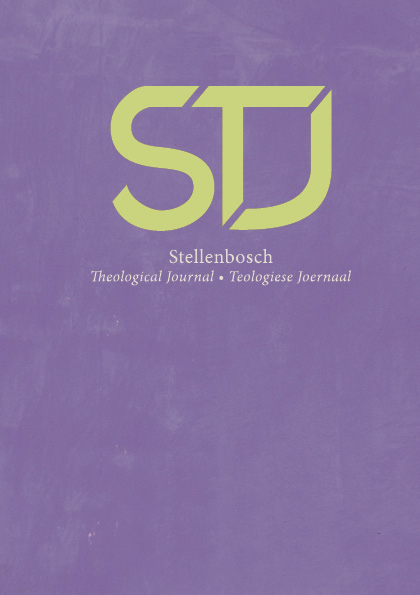Abstract
This contribution investigates the inner dimensions of contemplation and the dynamics of the spiritual process. It focusses on six paradigms taken from the Christian tradition: It firstly discusses the contemplative reader that is characterized by the interpretation of signs, read in a protected space, seeking understanding, but at the end leading to the "other" reading, brought about by the divine-human dialogue. The second type of contemplation refers to "the contemplative warrior" which is about contemplative transformation that provides a spiritual defence mechanism against destructive demonic forces. This type of contemplation is practiced by the desert monks. The article then analyses a third contemplation in terms of the Biblical characters of Mary and Martha who represent two different, but unified positions of the contemplative way. The fourth paradigm belongs to the field of modernity: it is about contemplation in discernment that reflects the desire to discern the will of God amidst as a time of doubting and uncertainty. There is, in the fifth paradigm, contemplation in presence. In this part, Brother Lawrence is presented as an example: His concept of contemplation is living in the presence of the Lord in a simple act of love and being loved. The final paradigm is prophetic contemplation, of which Titus Brandsma is an example. He had Elijah as model of inspiration and as an exemplar for imitation. For him this Elijahan contemplation is unified in three layers. The first layer is the ideal of contemplation, the second one is the realization of this ideal in a life of prayer, the third one is the liturgy of hours.

This work is licensed under a Creative Commons Attribution 4.0 International License.
Copyright (c) 2021 Kees Waaijman

